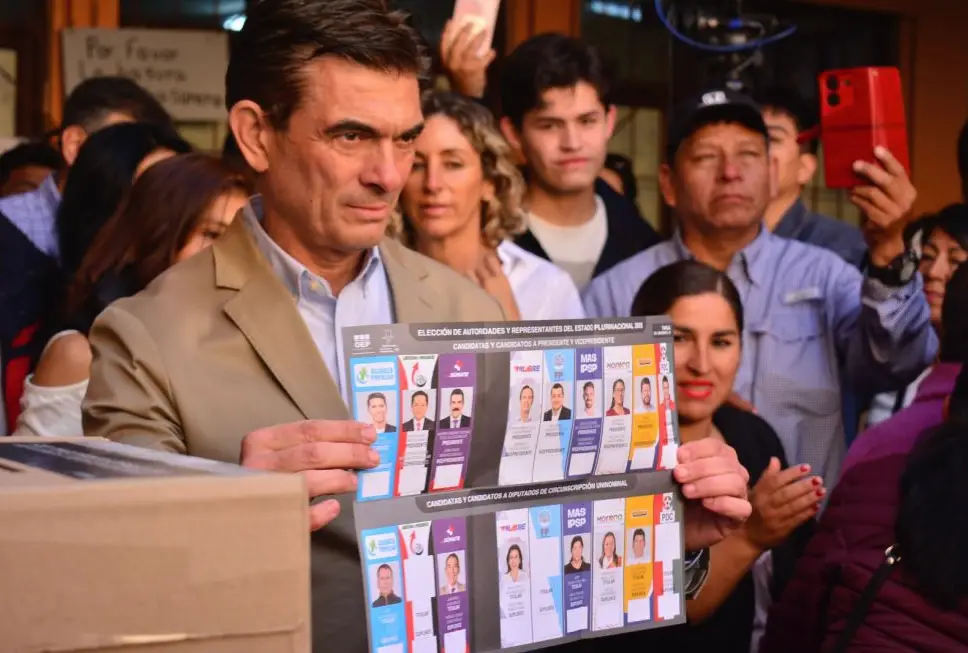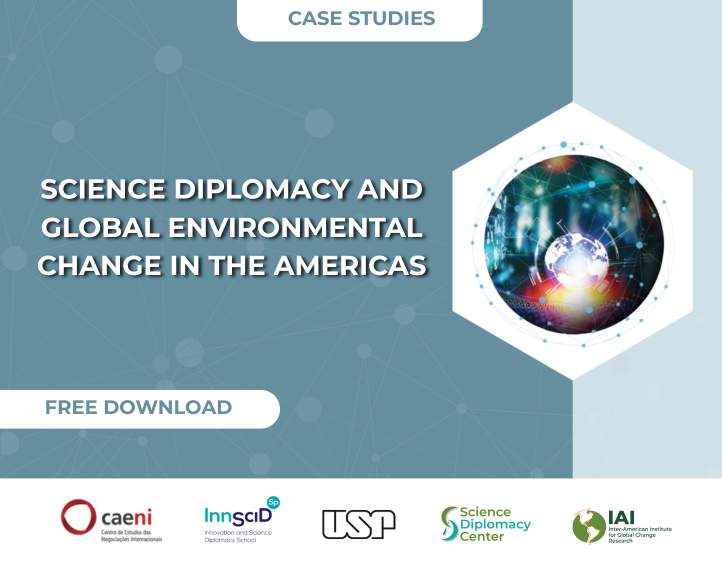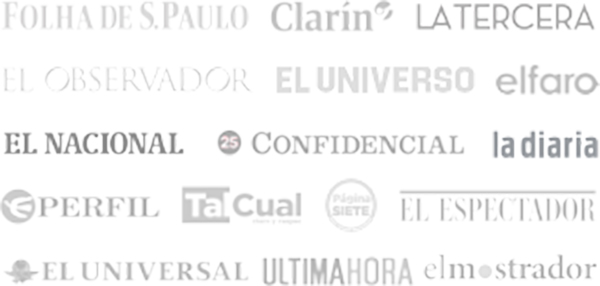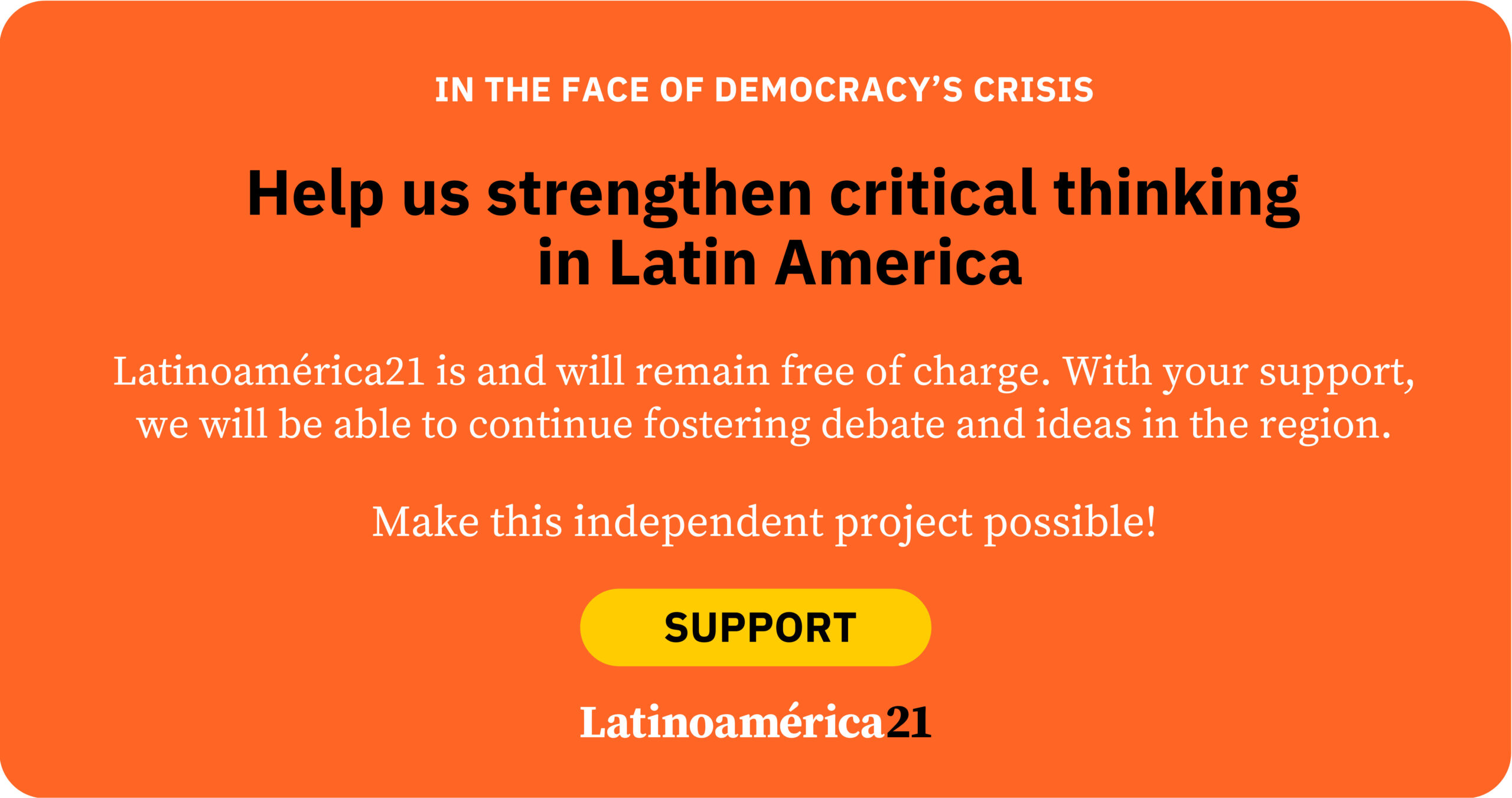The defeat of the presidential candidate of the Movement for Socialism (MAS), Eduardo Del Castillo, in the first round of the presidential elections marks, for now, the closing of the left-wing populist cycle in Bolivia. Del Castillo’s electoral support, the lowest ever obtained by a MAS candidate, prevented him from reaching the runoff. For the first time in twenty years, MAS will be neither the governing party nor the main opposition force.
Internal division within MAS
MAS’s crushing defeat in 2025 is explained above all by the deep split between Evo Morales and Luis Arce, compounded by the low approval of the outgoing president (18%). Even if Arce had performed satisfactorily, the internal schism would have complicated retaining power.
During the campaign, MAS effectively presented three mutually hostile options: Eduardo Del Castillo representing the government, Senate President Andrónico Rodríguez as a supposed unity alternative, and Morales’ line, which promoted the null vote.
The end of the populist cycle in Bolivia mirrors the dynamics observed in Ecuador. The dissident successor, when unable to retain power, while blocking his predecessor’s return, favors fair competition for the presidency among candidates from all political forces. This behavior may reflect a democratic commitment or be the product of political calculation.
Traditional parties fail to capitalize
As election day approached, a new dynamic emerged: faced with the prospect of the end of the populist cycle, none of the frontrunners in the polls were new leaders.
In this context, two politicians who survived the failed cycle prior to leftist populism — former president Jorge Quiroga Ramírez and former minister Samuel Doria Medina, one of the architects of the 1990s privatizations — seemed to be the main beneficiaries of the fratricidal war consuming MAS.
It was hard to imagine a more demoralizing outcome for the populist regime: handing the reins of power back to the same generation of leaders and political forces that had failed so resoundingly in the 1990s.
However, the first round brought a surprise: Rodrigo Paz Pereira, of the centrist Christian Democratic Party (PDC), prevailed. Son of former president Jaime Paz Zamora, Paz Pereira had built his career as an opponent of MAS, and his moderate campaign managed to attract broad popular sectors linked to the statist model. As his running mate he chose Edman Lara, a former police captain and public figure known for his anti-corruption fight on social media.
With MAS eliminated, the runoff now pits two opposition forces against each other. To assess their chances, it is important to consider the classification of the parties or alliances, the standpoint from which voters approach the polls, and the candidates’ public image.
Classification of political forces
Jorge Quiroga leads the “Free Alliance” coalition as an independent, but his record clearly places him within the main traditional parties whose failed governance paved the way for the populist eruption. Rodrigo Paz, on the other hand, heads a historically secondary PDC, whose presidential ticket combines an opponent who built his political career confronting the MAS-led hegemonic system with an outsider like Captain Edman Lara. This positions his coalition midway between a traditional force and an emerging one.
These classifications are important because they help reveal which of the two forces has greater chances of being perceived by voters as a truly different governing alternative — not only compared to MAS, but also to the failed governments that ruled between 1985 and 2005.
The domain from which voters approach the polls
Runoff elections without the governing party often come down to a contest between a traditional political force and an emerging one. The former benefits from experience in managing national affairs. The latter’s strength lies in having no direct responsibility for the country’s deterioration. Which of the two forces, then, tends to win the majority of voters’ support?
The answer depends on the country’s overall situation. If conditions are moderately negative, voters bet on experience and tend to choose traditional forces; if the situation is critical, they favor emerging options. It is no secret that Bolivian voters will go to the polls amid a severe economic and political crisis.
Candidates’ image
A July 2025 survey reported by AS/COA found that Jorge Quiroga had the most favorable image among Bolivian presidential candidates, with 26.3%, and the second-lowest unfavorable image, with 52.8%. The unforgivable omission of the study was its failure to include presidential candidate Rodrigo Paz.
For its part, the Bolivia 360 website reported in January 2025 that Jorge Quiroga had a 22% favorable image and a 39% unfavorable one, while Rodrigo Paz had 4% favorable and 13% unfavorable. The source also indicated that only 12% of respondents said they did not know Quiroga, compared to 66% who said the same of Rodrigo Paz.
We lack better data regarding the evolution of Rodrigo Paz’s image. However, from the results of the first round and analysts’ assessments, we can deduce that from January to August 2025, Rodrigo Paz’s favorable image increased significantly, while the number of people who claimed not to know him declined.
The turning point may have come in May, when he formalized the decision to include the “justice-seeking” TikTok star Captain Edman Lara as his running mate.
In Latin America, it is not uncommon for runoff elections to overturn first-round results. However, analysis of the key variables does not point in that direction this time.
*Machine translation, proofread by Ricardo Aceves.













